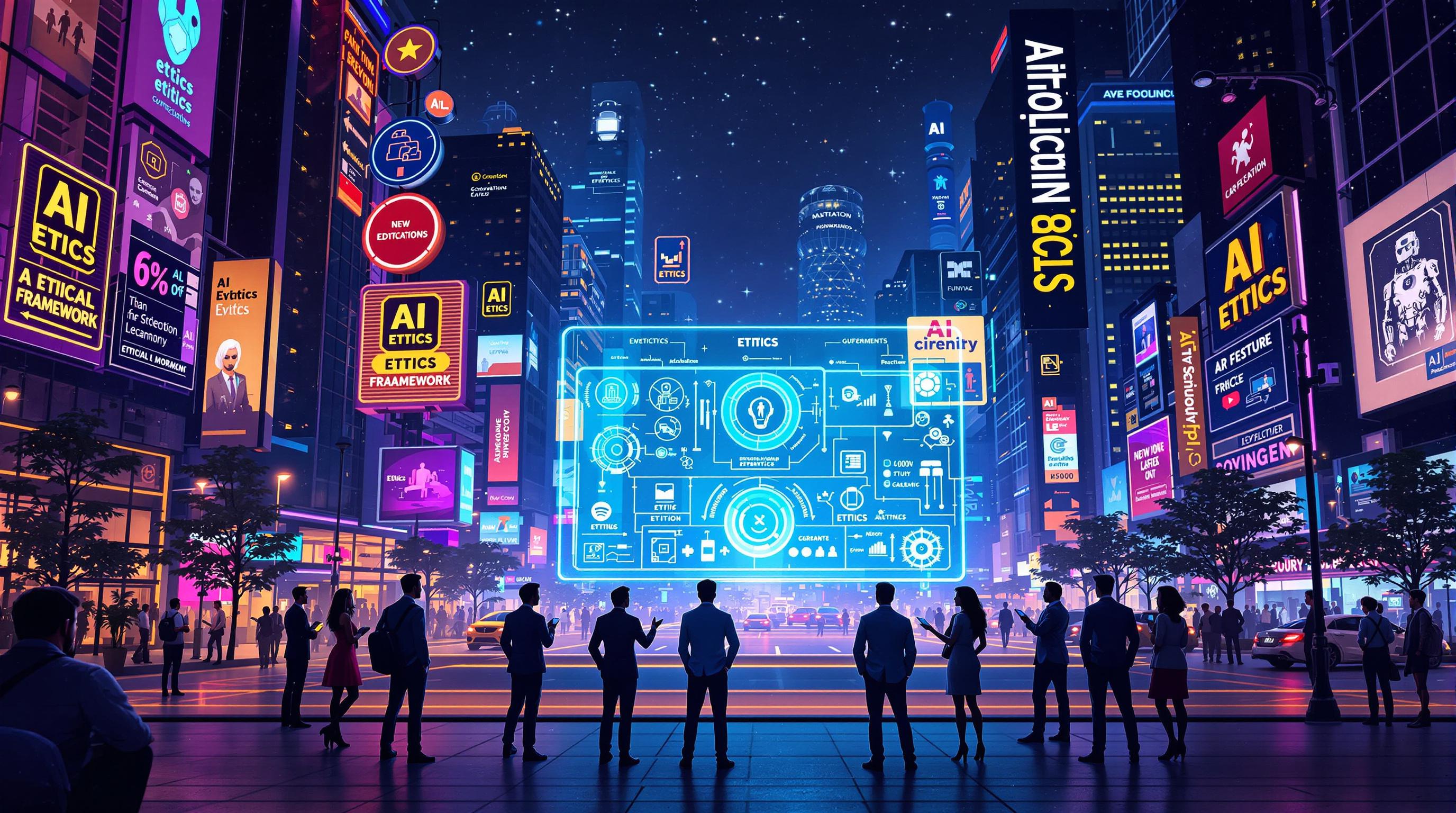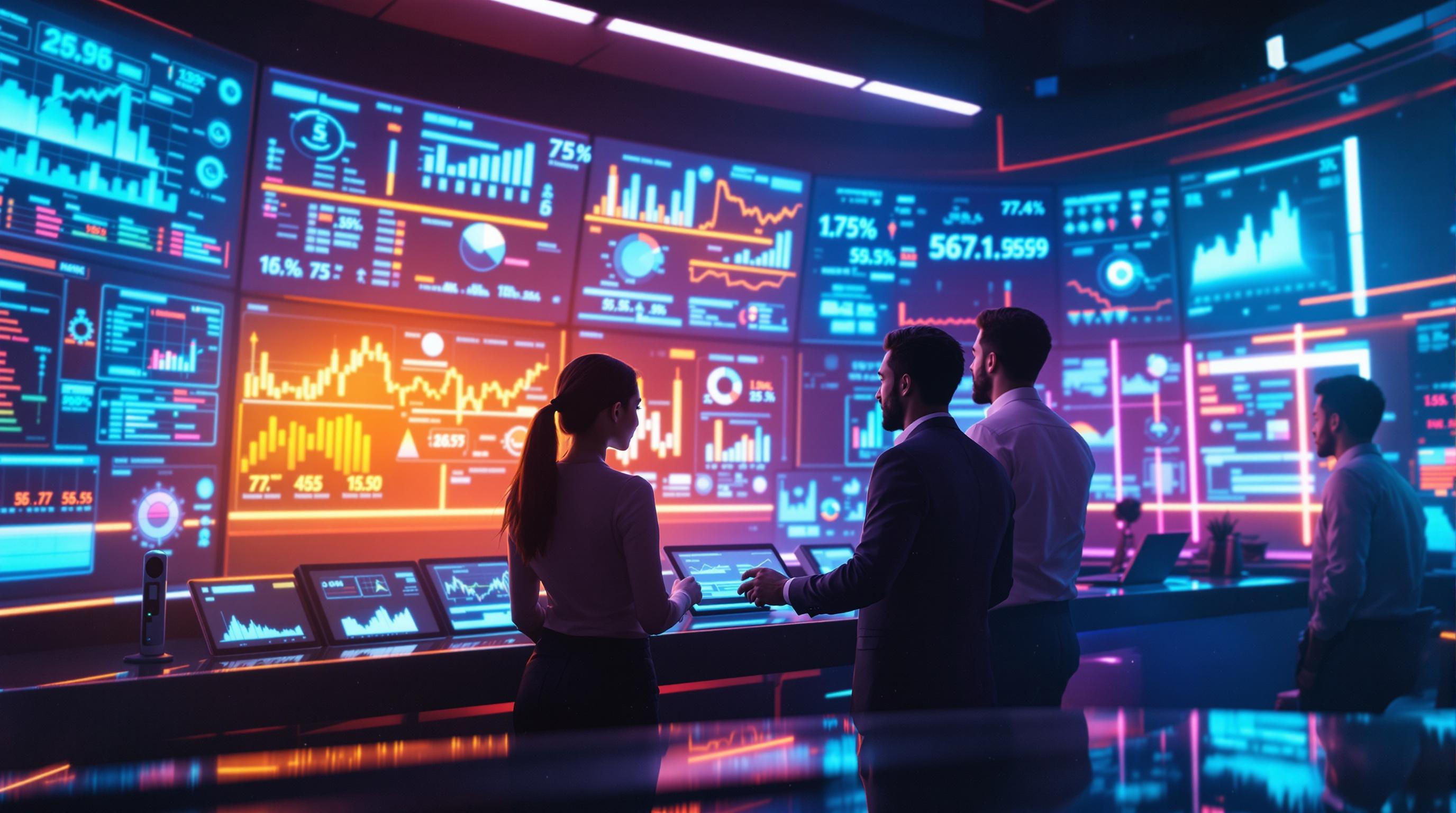Gait recognition is a contactless biometric technology that identifies people based on how they walk. It’s gaining attention for its use in security, public safety, and healthcare. Here’s what you need to know:
- How It Works: Analyzes walking patterns using cameras and sensors like RGB cameras, infrared, and depth sensors. AI processes these patterns to create unique profiles.
- Applications:
- Security: Used in access control systems and public surveillance.
- Healthcare: Tracks mobility issues and rehabilitation progress.
- Public Safety: Identifies individuals in crowded areas.
- Challenges: Accuracy can be affected by injuries, footwear, or environmental conditions. Privacy concerns also arise because it works without user consent.
- Future: AI improvements are making these systems more accurate, with potential for integration into multi-biometric systems (e.g., combining gait and facial recognition).
This technology offers a non-intrusive way to verify identity, but ethical considerations and technical limitations remain. Read on to learn more about how gait recognition is shaping industries today.
Can AI Recognize You From Your Walk?
Technical Components
Gait recognition systems rely on a combination of sensors and algorithms to identify individuals based on their walking patterns.
Data Collection
These systems gather walking data using various sensors. Key tools involved include:
- RGB cameras: Capture high-resolution video in visible light.
- Infrared sensors: Track movement even in low-light settings.
- Depth sensors: Create 3D maps of body positions and movements.
- Pressure plates: Measure ground reaction forces during walking.
The information collected by these sensors serves as the foundation for detailed data analysis.
Analysis Methods
Raw walking data is transformed into biometric features through advanced processing. Deep learning, particularly using convolutional neural networks (CNNs), analyzes both spatial and temporal aspects of the movement. Common techniques include:
- Silhouette extraction: Isolates the individual from the background.
- Skeletal modeling: Maps key body points to create a structural representation.
- Temporal analysis: Examines step timing and rhythm.
These approaches work together to improve the system's accuracy and reliability.
Pattern Matching
Once features are extracted, the system moves on to matching patterns. This involves several steps:
- Feature Extraction: Identifies unique traits like stride length, walking speed, hip rotation, and arm swing.
- Template Creation: Converts these features into digital templates that represent each person.
- Comparison Algorithms: Uses methods like Dynamic Time Warping (DTW) to compare gait patterns, accounting for natural variations in speed and style. Analyzing multiple gait cycles ensures consistent identification.
Real-World Uses
Gait recognition technology has moved beyond research labs to play an active role in security, public safety, and healthcare. Its ability to work without physical contact and collect data from a distance makes it especially practical for these fields.
Access Control Systems
Access control systems now use gait recognition to verify identities seamlessly. Unlike traditional methods, this approach works continuously, allowing people to move naturally while still ensuring secure access to buildings.
Public Safety
Law enforcement agencies are using gait recognition in busy areas like transit hubs to identify individuals of interest. This helps improve situational awareness and speeds up threat evaluations in crowded environments.
Medical Applications
In healthcare, gait analysis supports both diagnostics and rehabilitation. By tracking subtle changes in gait, clinicians can monitor recovery progress or detect early signs of movement disorders, helping them craft tailored treatment plans.
With the ongoing improvements in AI, gait recognition systems are becoming more precise and are being combined with other verification technologies. This progress is leading to more advanced and dependable identity verification solutions across various industries.
sbb-itb-f88cb20
Benefits and Limitations
Main Advantages
Gait recognition offers a way to verify identity continuously and without requiring active participation from the user. This makes it particularly useful in high-security environments. Modern systems are also capable of functioning in various lighting conditions, including low-light settings, thanks to infrared technology.
Current Limitations
While it has its strengths, gait recognition isn't without its challenges. Changes in footwear, physical fatigue, injuries, or even carrying objects can affect how gait data is captured. Environmental factors like uneven surfaces, slopes, or bad weather can further disrupt accuracy. Additionally, processing speeds for gait recognition still trail behind other biometric methods, highlighting the need for advancements in both efficiency and precision.
Privacy Concerns
Privacy is another major issue. Gait recognition can operate without the individual's knowledge or consent, sparking ethical debates around surveillance and personal privacy. Since these systems analyze full-body movement patterns, they may collect more personal data than necessary. Ensuring secure storage of this data requires strong encryption measures and strict access controls to prevent misuse.
Future Developments
AI Progress
AI and deep learning technologies have made real-time gait analysis highly accurate, achieving over 90% precision in controlled settings. These advancements address many traditional challenges while also enabling identification under tough conditions. This progress is opening doors to combining gait recognition with other biometric methods.
"The future of security lies in the integration of multiple biometric systems, including gait recognition, to create a seamless and secure environment." - Dr. Emily Carter, Biometric Security Expert, Tech Innovations Inc.
Multi-Biometric Systems
Combining multiple biometric systems improves accuracy by up to 30% compared to single-method approaches, especially in difficult scenarios. For example, the University of California, Berkeley integrated gait and facial recognition into its campus security system. This led to a 25% drop in unauthorized access incidents within just six months.
New Industry Uses
In retail, a 2023 trial using gait recognition cut thefts by 25% in only three months. Healthcare is exploring the technology for monitoring patients, detecting early mobility issues, and tracking rehabilitation progress. Urban planners and schools are looking into its potential for managing pedestrian flow and improving safety. Businesses interested in adopting gait recognition should start with pilot programs and work closely with biometric solution providers to ensure successful implementation. With ongoing advancements in AI, even more applications are likely to emerge across various industries.
Summary
Main Points
Gait recognition is a contactless biometric technology that identifies individuals by analyzing their unique walking patterns. It creates identification profiles based on factors like body structure, movement dynamics, and walking speed. This approach is especially useful in situations where traditional biometric methods, like fingerprint or iris scans, may not be practical.
"Gait recognition is a promising biometric technology that offers a non-intrusive method for identity verification." – Dr. Jane Smith, Biometric Researcher, Tech Innovations Inc.
AI's Role
AI takes gait recognition to the next level by leveraging machine learning to improve accuracy and efficiency. Here’s how AI enhances these systems:
| AI Feature | Benefit |
|---|---|
| Real-time Analysis | Enables live processing of gait data |
| Pattern Learning | Improves accuracy with ongoing data analysis |
| Adaptive Systems | Updates models to reflect changes in gait patterns |
These advancements highlight the importance of combining high-quality data collection with regular AI model updates to ensure reliable performance.
Best AI Agents Resources

Specialized tools can simplify the integration of AI into gait recognition systems. Best AI Agents provides a directory of AI solutions tailored for biometric security. The platform helps organizations find tools that align with their specific needs, making it easier to implement effective gait recognition systems as the demand for advanced identity verification grows.


